Section Styles spotlight-header
I am a
KNOWLEDGE SCIENTIST
Bryan Yee
Presented by The Amgen FoundationThere is a lot of information out there and it's easy to get lost or overwhelmed.
As a Knowledge Scientist, I make it easier to unlock knowledge and use it for collective good.
MY WORK SETTING
Indoor vs. Outdoor
I spend my time working inside at a desk and in meetings or presentations.
People vs. Alone
I spend most of my time collaborating with other people, but sometimes I need time to myself to think through new ideas.
Creative vs. Defined
Most of my work is creative, as we are always imagining new strategies to improve our company.
-
My job is to create systems and cultures that make it easier to find and share information. I identify important knowledge that might be helpful for other people in our company to know, and test strategies to make sure it’s as accessible to others as possible, so it actually gets put to use.
-
A big part of my team’s approach is to listen, and learn how to ask the right questions. We talk to scientists and other team members to identify gaps in knowledge, needs that they have, and what kinds of tools or experiences they might be open to. We use that knowledge, as well as other sources of data we collect, to design and test new solutions. Our goal is to build both technology and cultures that support practical exchange of knowledge.
-
In science and technology spaces, there can be a lot of knowledge that never gets used. People in different departments might not talk to each other, or know how to read each other’s work. Or the information may be presented in dull ways that people don’t want to engage with. If we want our teams to discover and develop new treatments as effectively as possible, we need to make sure knowledge is freely exchanged so that everyone can benefit.
MY WORK NEEDSEssential Skills:
ORGANIZATION
Staying organized is critical to being able to make sense of large data sets, balance lots of priorities, and manage complex teams.
COMMUNICATION
We work across different departments to gather and share information. We need to communicate clearly in order for everyone to be able to meaningfully participate and be heard.
USER EXPERIENCE DESIGN
People don’t use things if it’s too hard, so we need to understand the principles of good design, and collaborate with our users to get it right.
CULTURE - BUILDING
There is a lot of psychology and creativity involved in understanding what kinds of tools or solutions will actually work for a company.
Days in the Life
Explore what three days at my job might look like!
DAYS IN THE LIFE
How I Work
Check out what my place of work looks like on an average day.
This is what my workspace looks like!
My laptop & monitor.
A photo collage board, with lots of photos of my family.
A camera and microphone for Zoom calls.
A standing desk and ergonomic chair.
A mini fridge with snacks.

Did you know...Many advances in biotechnology are interdisciplinary.
In the world of biotechnology, teamwork and communication are like secret ingredients to success. Imagine a big puzzle, where each piece is a different field of expertise. Scientists, engineers, doctors, and many others need to talk to each other and share their ideas to put this puzzle together. Sometimes that means working together directly, but sometimes it means connecting to benefit from each other’s expertise and insights.
These interdisciplinary conversations and coordination make progress happen faster and better, which is a win-win for everyone, especially patients. Every research field has a different perspective and set of tools, so even if they ask the same question, they may discover different parts of the answer. By working together to find new cures and treatments, breakthroughs can happen more quickly, and treatments can reach the patients who need them faster.
Rewarding
These are the parts of my job I find particularly rewarding.
We have to take a lot of different factors – like company culture – into account to be successful.
It requires juggling a lot of different perspectives, priorities, and insights.
everyone is different! Drag the circles to place them where you rate them.
Challenging
These are the parts of my job I find particularly challenging.
Not everyone in STEM immediately recognizes and appreciates how important the work is.
It requires selling the value of the work and convincing others to continue to support it.
Section Styles movable
These are the people I work with:
Communications & Information Managers
These are the people I work closest with - we come up with all of the ways to communicate the findings.
Data Scientists & Engineers
They are the people behind the scenes that make the data accessible and understandable.
Company Employees.
We need to report back our work to those who are going to be using our findings to inform change.
WHAT’S NEXT?
WHAT’S NEXT FOR MY FIELD OF WORK?One of the most exciting things about working in STEM is how fast things change. Things that aren't possible today could be possible tomorrow.
Accessibility in Technology.
As technology becomes more advanced and mirrors human-like logic, we can use it to connect big data in more intuitive ways, and make knowledge accessible to more people. Emerging technology will be able to help us better serve people with different abilities or preferences, tailor experiences to individuals, and quickly sift through massive amounts of data to figure out what’s relevant. People are adapting to the use of technology more quickly than ever, and learning how to structure it is going to help integrate knowledge more meaningfully throughout STEM.
Looking for teacher resources?
PHOTOGRAPHER: Tandem Photo • Illustrator: Laurie Anne Poquet© 2024 THE PLENARY, CO. ALL RIGHTS RESERVED. TERMS. PRIVACY.This is a brand new site! See an issue? Let us know.


















